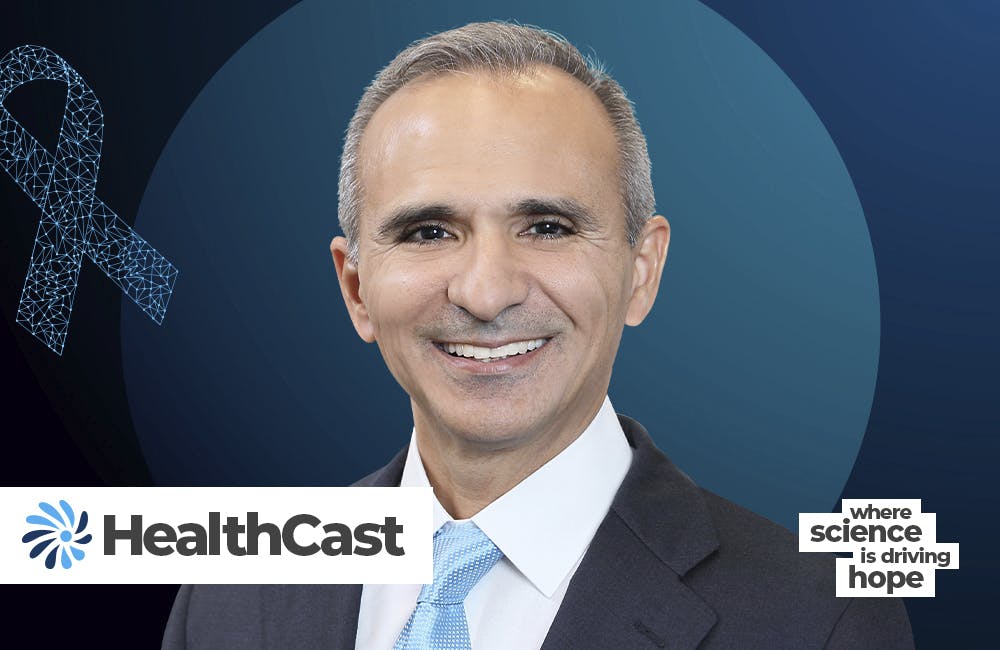HIEs Key to ONC Final Rule Delivery, Addressing COVID-19
The long-term data storage and aggregation potential of health information exchanges can help smooth health care and make medical discoveries.

Office of the National Coordinator for Health Information Director Don Rucker highlighted the role that health information exchange (HIE) will play in the future of health care delivery, particularly in relation to the Cures Act Final Rule ONC released this spring and the public health needs of COVID-19.
ONC’s Final Rule called upon the health care industry to adopt application programming interfaces, or APIs, in a standardized fashion to give patients and medical providers secure, direct electronic access to health information. The provision, which Rucker touched upon during this week’s ONC Tech Forum, aims to prevent information blocking, uphold fast health interoperability resources (FHIR)-based APIs and build upon the Trusted Exchange Framework and Common Agreement.
That last element, TEFCA, is a common set of principles to enable widespread HIE. During the forum, Rucker emphasized that optimizing secure data exchange is a major focus for ONC, between the execution of the final rule and the pressing needs of the COVID-19 pandemic.
“Most of the country’s now covered with HIEs — health information exchanges — and they really are a good way to have central store [of] some of the federated data and the messages [from] various providers as needed as they’re taking care of patients, and in that world, that can provide really one-stop-shopping on reporting,” Rucker said. “The one-stop-shopping on reporting is, I think, going to be important. We have right now, obviously, a lot of different mandated reporting because of the pandemic, but I think over time, we can move to that more integrated reporting, where the public health agencies get a feed from the HIEs.”
HIEs have longitudinal data, or long-term data, which are important in addressing clinical questions, particularly in helping the country address COVID-19. This has been and will continue to be an evolving medical challenge for the U.S.
“Longitudinal data can answer questions like, ‘What’s the time course from when somebody turns positive to when the test turns negative? When the time courses for the shape of the curve over the population? When folks turn positive to when they develop immunity, what is the rate of reinfection?’” Rucker said. “There’s some very powerful things that are possible in this HIE world.”
The longer-term data tracking that HIEs enable can also help make discoveries around COVID-19 by integrating various factors in electronic medical record (EMR) data, Rucker added.
“A reference lab may be able to get the lab test for COVID, but doesn’t have an EMR, doesn’t have any tools, doesn’t have the workflows to bring in comorbidities or race and ethnicity, those types of things,” Rucker said. “The HIE, because it records over time, can combine all of those in an integrated view, so I think I can say it’s a very powerful part of the infrastructure.”
Mass data across HIEs can become aggregated more easily over time to make discoveries with diseases like COVID-19 as electronic health records are required to integrate bulk FHIR, which will enable analysis of entire sets of data on patient populations while still under HIPAA compliance, Rucker explained.
ONC further pedestaled HIEs Wednesday by issuing a notice of funding opportunity to expand and accelerate innovative uses of electronic health information through HIEs to support state and local public health agencies in an effort to further mitigate COVID-19, marking how the agency is making Rucker’s sentiment actionable.
More specifically, ONC is allocating $2.5 million granted through the March COVID-19 response and relief legislation to up to five cooperative agreements under the Strengthening the Technical Advancement and Readiness of Public Health Agencies via Health Information Exchange, or STAR HIE Program, which aims to strengthen preexisting state and local HIE infrastructure to support public health agencies in accessing, sharing and leveraging health information and aid communities throughout the COVID-19 pandemic.
“State and local HIEs play a unique role in their communities by uniting health information from many different sites of service, including providers, hospitals, nursing homes, clinical laboratories, and public health departments, making them a natural fit to deliver innovative, local ‘last mile’ approaches to strengthen our overall public health response,” Rucker stated in Wednesday’s ONC news release. “The funding opportunity we announced today will invest in infrastructure and data services for HIEs that provide critical real-time information to communities at the frontlines of responding to the COVID-19 pandemic.”
The move toward HIEs is one of many actions ONC is taking to help make health care more seamless for both patients and providers. Rucker said that health delivery should be seamless and that he hopes to also see more automation and integration of technology into the clinical setting to ensure smoother and improved medical care
This is a carousel with manually rotating slides. Use Next and Previous buttons to navigate or jump to a slide with the slide dots
-

Agencies Meet Key AI Goals Amid Call for More Experimentation
Federal leaders call for prioritizing artificial intelligence and its applications to critical cybersecurity and workforce initiatives.
7m read -

NCI Program Unlocks Emerging Proteomic Data to Advance Precision Medicine
Researchers say sharing molecular cancer research data can expand cancer treatment and care.
32m listen -

DOD Has a New Cyber Resiliency Assessment Program
Defense officials tout the continuous assessment feature and scalability of the new program amid increased cyber threats.
5m read -

Transitioning Systems for Modern Agency Missions
IT modernization is a constant process necessary for improving customer service, mission delivery and collaboration.
40m watch








